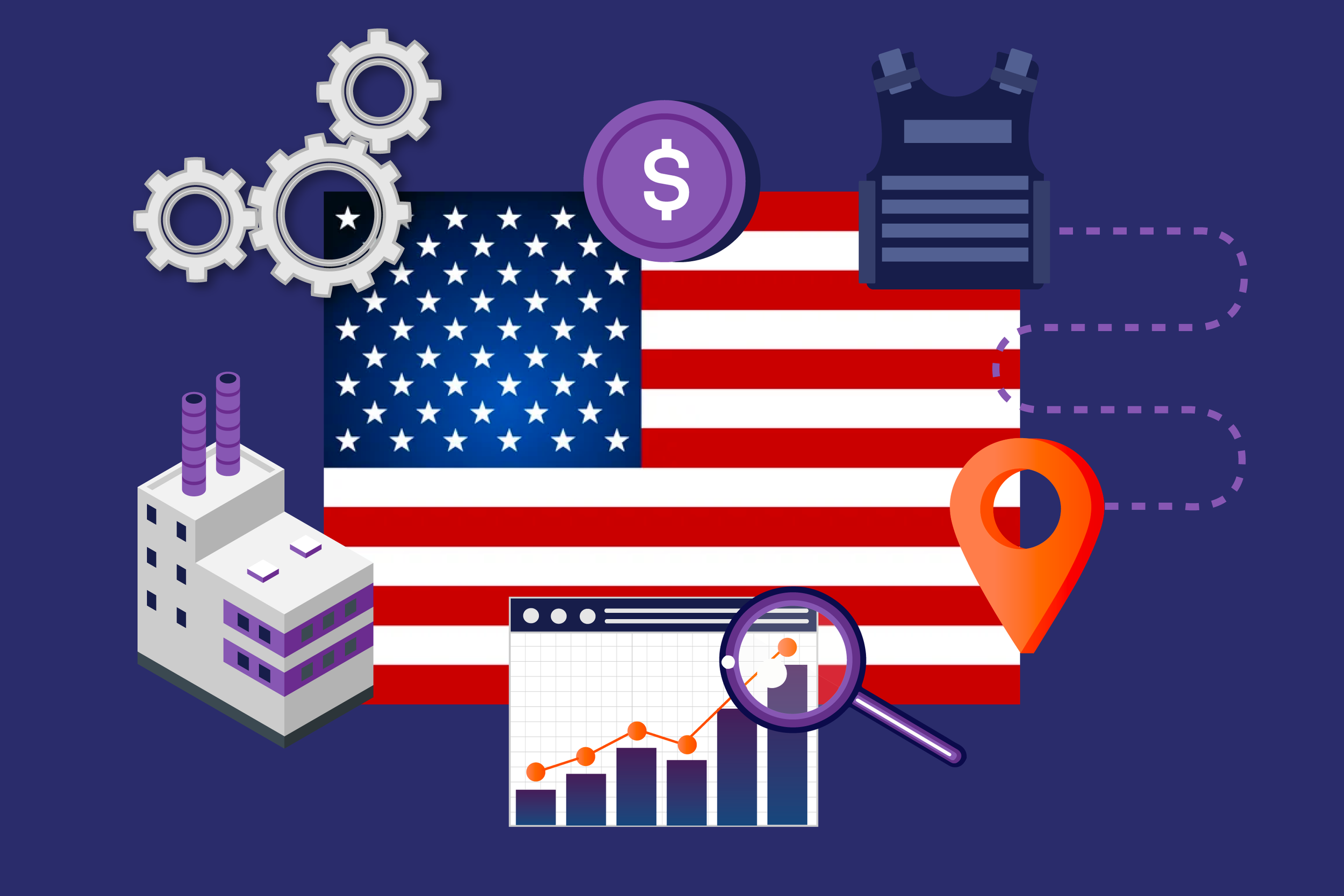Turning Liabilities into Assets: Transforming the Workforce in Body Armor Manufacturing and Distribution
In the competitive world of body armor manufacturing and distribution, the workforce is often viewed through a binary lens: productive employees are assets while underperforming ones are liabilities. But what if we reframe this narrative? What if liabilities could be transformed into strategic assets?
This article explores how body armor manufacturers and distributors can unlock hidden potential within their workforce. We’ll delve into real-world examples, address key departmental concerns, and discuss human resources strategies to elevate workforce performance—ultimately driving operational efficiency, quality assurance, and business growth.
The Workforce Paradox: From Cost Center to Value Driver
Traditionally, human capital in manufacturing is seen as a cost to be managed rather than an asset to be maximized. However, labor isn’t just an expense—it’s a dynamic component of operational efficiency, product quality, and innovation. In the body armor industry, where precision, compliance, and agility are paramount, the workforce can either be the weakest link or the greatest competitive advantage. Understanding these dynamics is crucial, as outlined in Porter’s Five Forces in the Body Armor Industry, which details the competitive forces shaping the sector and the importance of leveraging workforce optimization as a strategic advantage.
Reframing Workforce “Liabilities”
High Turnover → Opportunity for Fresh Perspectives:
High turnover rates are often viewed negatively due to training costs and knowledge gaps. However, new employees bring fresh ideas, adaptability, and a willingness to embrace modern technologies and methodologies, such as Lean Manufacturing and Six Sigma principles. They challenge the status quo, introducing innovative thinking that can lead to process optimizations and product improvements. This approach aligns with the principles of Forging Ahead in Defense: Harnessing Blue Ocean Strategies for Innovative Body Armor Solutions, which emphasizes creating untapped market spaces through fresh perspectives and innovation.Underperformance → Underutilized Potential:
Instead of dismissing underperformers, companies can invest in skills gap analysis and targeted development plans. Often, poor performance stems from misaligned roles rather than a lack of capability. Realigning responsibilities to better-fit employee strengths can transform perceived liabilities into top performers.Resistance to Change → Hidden Loyalty:
Employees resistant to change often possess deep institutional knowledge. Rather than viewing them as obstacles, engaging them as change advocates can lead to smoother transitions in process improvements and technology adoption. Their insights can highlight potential pitfalls in new initiatives, allowing for proactive adjustments.
Cross-Departmental Strategies: Transforming Challenges into Opportunities
1. Operations: Turning Inefficiency into Continuous Improvement
Liability: Production bottlenecks, inconsistent workflows, and rework due to human error.
Asset Transformation Strategy: Implement Lean Manufacturing principles and Quality Management Systems (QMS) like ISO 9001 and BA9000 to standardize processes, reduce waste, and improve product consistency.
Key Tactics:
Kaizen Methodology: Encourage continuous, incremental improvements by involving frontline workers in problem-solving.
Process Mapping: Identify inefficiencies and redundancies in workflows to streamline operations.
Cross-training: Equip employees with multiple skill sets to increase flexibility and reduce downtime.
Example:
A body armor facility facing high defect rates retrained its line workers on root cause analysis and implemented a “quality-first” approach. This shifted the focus from output quantity to defect prevention, reducing rework costs by 30% and improving on-time delivery rates.
2. Human Resources: From Compliance Enforcer to Talent Architect
Liability: High absenteeism, disengagement, and turnover.
Asset Transformation Strategy: Adopt data-driven HR practices, focusing on employee engagement, development pathways, and performance analytics.
Key Initiatives:
Task Analysis for Role Optimization: Break down each job function to identify inefficiencies and tailor training programs.
Competency Mapping: Align employee skills with evolving business needs, especially in technical areas like ballistic material testing and regulatory compliance.
Employee Value Proposition (EVP): Create compelling reasons for top talent to join and stay, beyond just salary and benefits.
Example:
An HR team reduced turnover by 25% by shifting from reactive hiring to proactive talent development, using employee feedback to redesign job roles and career progression plans. They introduced mentorship programs, which improved employee engagement and retention.
3. Quality Assurance (QA): From Reactive Inspections to Proactive Excellence
Liability: Quality control issues leading to product recalls, failed compliance audits, and reputational risks.
Asset Transformation Strategy: Transition from manual, reactive QA checks to predictive quality analytics and integrated QMS.
Key Tactics:
Predictive Quality Analytics: Use data to forecast potential defects before they occur.
Integrated Quality Management Systems: Automate compliance tracking to ensure alignment with NIJ standards and government contract requirements.
Root Cause Analysis (RCA): Implement RCA to identify and address the underlying causes of quality issues, not just the symptoms.
Example:
A body armor manufacturer implemented a digital QMS platform, incorporating real-time data from production lines to predict potential quality issues before they escalated. This reduced inspection time by 40% and improved first-pass yield rates, significantly decreasing warranty claims.
4. Supply Chain: From Vulnerability to Strategic Resilience
Liability: Supply chain disruptions, over-reliance on single suppliers, and inefficient inventory management.
Asset Transformation Strategy: Develop multi-sourcing strategies, implement supply chain risk management frameworks, and optimize inventory through demand forecasting tools.
Key Strategies:
Supplier Diversification: Reduce dependency on single suppliers to mitigate risk.
Inventory Optimization: Implement just-in-time (JIT) inventory practices while maintaining safety stock for critical components.
Digital Supply Chain Management: Use real-time tracking and predictive analytics to anticipate disruptions and adjust logistics proactively.
Example:
A company struggling with material shortages diversified its supplier base and integrated an automated inventory management system. This not only mitigated supply risks but also reduced carrying costs by 20% while improving order fulfillment rates.
Elevating Human Resources: The Key to Workforce Transformation
To truly convert liabilities into assets, HR must evolve from an administrative function to a strategic business partner. Here’s how:
Workforce Analytics: Use data to predict turnover risks, identify skill gaps, and optimize labor costs.
Agile Learning & Development: Implement continuous learning programs aligned with industry standards like NIJ compliance, ballistic resistance testing, and government contract requirements.
Culture of Accountability: Foster a culture where accountability is shared across all levels, not just enforced from the top down. Empower employees to take ownership of their roles and contribute to continuous improvement initiatives.
Cold Action: Why IntelAlytic and The Armor List Matter
At IntelAlytic, we specialize in helping body armor manufacturers and distributors transform their operations through data-driven insights, strategic consulting, and workforce optimization solutions. Whether you're grappling with high turnover, supply chain disruptions, or quality assurance challenges, we provide tailored strategies to turn these liabilities into assets that drive growth.
But we don’t stop there.
The Armor List—the industry’s leading Body Armor Research platform—offers real-time insights into body armor products, companies, materials, and resources. It’s your go-to resource for:
Benchmarking performance against industry standards.
Identifying gaps in your supply chain and quality management processes.
Optimizing workforce performance through data-driven decision-making.
Ready to transform your workforce from a cost center to a strategic asset?
Contact IntelAlytic today and discover how we can help your business thrive.
Visit The Armor List to unlock unparalleled insights into the body armor industry and elevate your operations to the next level.
Your workforce isn’t a liability—it’s your greatest asset. Let’s prove it together.






